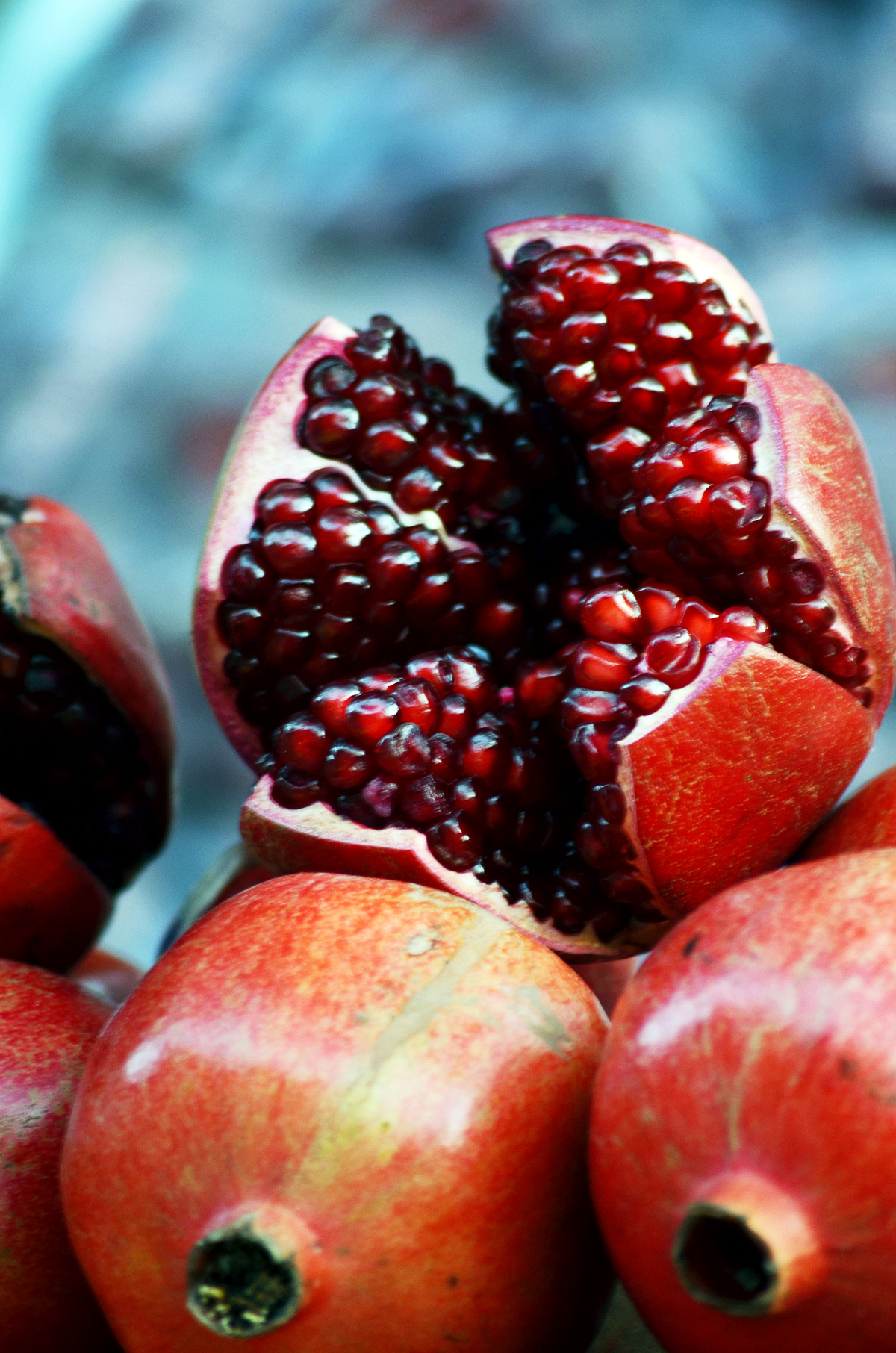A healthy diet is a diet that’s full of fruit and vegetables. However, different types of fruits and veggies - or produce - are better to eat at different times; because of this, the produce that you can reliably include in your diet often depends on what time of the year it is. When in season, these foods can be sweeter, juicier, or riper. Because of the way weather affects their growth, it seems that more produce is in season and in stock during the summer months than during the winter. Fortunately, there are still some tasty fruits and vegetables you can get much-needed nutrients from that are best eaten in the winter. If you’re thinking that your diet could use a nutritious pick-me-up, try adding one or more of these five foods into your meals:
 1. Pomegranates: This fruit is an excellent source of antioxidants, which can help reduce your risk of developing different types of cancers. Technically considered part of the berry family, you can find perfect pomegranates from mid-fall through late winter. When picking a pomegranate, try to find one on the heavier side - this means it’s filled with juice. Be sure to pick a ripe one as well; colors of the ripe fruit vary in shades of medium to dark red.
1. Pomegranates: This fruit is an excellent source of antioxidants, which can help reduce your risk of developing different types of cancers. Technically considered part of the berry family, you can find perfect pomegranates from mid-fall through late winter. When picking a pomegranate, try to find one on the heavier side - this means it’s filled with juice. Be sure to pick a ripe one as well; colors of the ripe fruit vary in shades of medium to dark red.
2. Spaghetti Squash: Although this squash is in season all year long, many people say that it reaches its peak during the early fall and winter months. When perfectly ripened, this squash should have a deep yellow color and a hard rind that’s resistant to scratching. For most, this particular fruit is a great substitute for traditional spaghetti. In addition to being a low calorie substitute for noodles, spaghetti squashes are rich in omega-3 fatty acids that are thought to prevent some instances of heart disease.
3. Kale: This dark, leafy vegetable is one of the best additions to any healthy diet. While most leafy plants don’t fare so well in the cold, kale actually acquires its sweet flavor during the light frosts of mid winter and early spring. Kale is best eaten when the leaves are a dark, even green and the leaves are crisp and plump. As a vitamin powerhouse, kale is said to aid in bone health and facilitate healthy skin, hair, and nail growth.
4. Grapefruit: If you’re looking for the juiciest grapefruit, then winter through early spring is your best chance to find one. When ripe, grapefruits should have a yellow skin with a hint of pink; they don’t need to be perfect, either - small blemishes to the rind caused by rubbing against other fruits are usually okay. According to doctors, a grapefruit’s chemical makeup helps to naturally burn fat and stabilize blood sugar levels, increasing your body’s metabolism. One study even showed those who ate half of the fruit before each meal had the potential to lose about three pounds over a 12 week period.
5. Chestnuts: Whether you roast them over an open fire or drop them in your favorite soup, chestnuts make a great staple to any winter diet. Primarily in season during the coldest months, ripe chestnuts often seem a little heavy for their tiny size and have a tight, shiny outer skin. At three grams per 100 grams, this nut has a greater fiber content than walnuts, pecans, and pistachios. The extra bit of fiber is essential for regulating the body’s digestive track and will especially benefit anyone currently eating less than the minimum amount of fiber needed in a day.
By now it should be clear that there’s no excuse for not eating your fruits and vegetables during the winter months. There are plenty of tasty, nutritious options available during the colder months of the year; we encourage you to try the ones we’ve listed here and let us know some more of your healthy winter favorites!
*Image courtesy of commons.wikipedia.org

